Independent Colonial Woman
Born in Scotland in 1726 and orphaned by 1737, Elizabeth Murray immigrated to the American colonies at age 22 and settled on her own in Boston, Massachusetts, where she ran a successful dry goods shop during the 1750s. Shopkeeping was a typical business for many women of her era – there were very few jobs open to unmarried women who aspired to a middle-class standard of living. She also owned a boardinghouse and a sewing school.
Elizabeth launched her businesses with the help of her brother, James, who sold three slaves to get her started. He enlisted a London mercantile company and a buyer to purchase and supply goods to her. As a retailer and importer, Elizabeth made a living selling the goods colonial Americans wanted and needed.
Maturing as a businesswoman, she traveled to London to learn bookkeeping and to select her own merchandise. As an importer and retailer of British goods, Murray conducted business with merchants and manufacturers in England and buyers in the American colonies.
In newspaper advertisements, Elizabeth presented herself as a woman of fashion and style whose shop offered the latest luxury items. Through trade bills, she promoted needlework instruction for young girls and portrayed her shop as the source for the latest luxury items and fashions imported from London.
Elizabeth Murray was an extraordinary woman who tried to make a place for herself and other women in the world by asserting her own independence inside and outside the home. She confided to her journal her lifelong goal “to live and act as I please.” Linking economic self-sufficiency to independence was the defining theme of her life.
Deeply satisfied by her work and the economic freedom it brought her, she acted as a mentor to her nieces and other women, and supported them financially to help them gain economic independence and open shops of their own.
For many years, Elizabeth practiced her trade successfully while marrying three times. At the time, a woman’s property became her husband’s when they married. Elizabeth protected her autonomy by demanding prenuptial agreements from her second and third husbands, which gave her a measure of control over her property that was rare for a married woman of her time.
Her three marriages chronicle the impact of family on women’s economic security and the influence of private circumstances on women’s public lives. While her life centered on her family, her choices and actions put her in the midst of political conflicts and debates over women’s roles.
Amid the revolutionary fervor against Great Britain, Elizabeth wed long-time friend Ralph Inman. As Loyalists who supported the British, the Inmans were in political danger. His first idea was to flee the country and leave Elizabeth to fend for herself. In the end, he stayed.
A few months before her sudden death at the age of 59, Elizabeth Murray had this to say about her life as a wealthy shopkeeper, accountant, teacher, wife and mentor to a large number of young women:
I rejoice that the spirit of Independence caused such exertions as to place me in a situation that I am content to pass the remainder of my days in.
Murray feared that a beloved niece, Polly, would never escape the bonds of home and family in London to return to shopkeeping in Boston, but Polly allayed those anxieties: “The spirit of independence you cherish’d in me,” she wrote, “is not yet extinct.” In emulation of her aunt, Polly had resolved to have “no children” of her own; instead, when retailing had made her “rich enough,” she would become a surrogate parent to other people’s children, beginning with her brother’s youngest child.
Elizabeth Murray Campbell Smith Inman died in 1785.
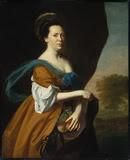
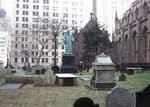
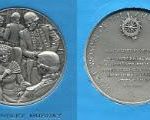
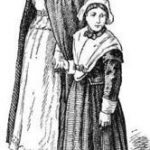
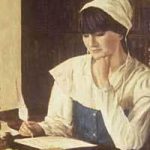
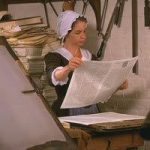
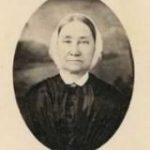
The opening sentence of this biography and I quote “…..immigrated to the American colonies at age 22” really needs amendment. Elizabeth was brought by her elder brother James to his North Carolina pioneer plantation when she was aged 13 in 1739, to be his housekeeper, in which capacity, she learned the attendant responsibilities, such as “keeping accounts with local merchants and vendors, selecting and purchasing the items needed for household consumption, overseeing the work of any servants, and performing numerous chores associated with house cleaning and preparing food and clothing”. 10 years later in 1749 when she was 23, she was anxious to make her own way in the world. She was an unusually independent and self-reliant young woman. She borrowed £800 from a Mr Bridgeon and travelled to England, where she purchased a stock of goods so that she could set herself up in trade. Rather than return to her brother’s home in North Carolina, she decided after stopping at Boston on her way home that she would have better prospects there. Elizabeth industriously set to work, and in “addition to selling millinery, cloth, and sewing supplies…, taught needlework to young ladies.” This brought her such success that “By 1754… she had an inventory worth £700, had hired an assistant,” and had paid off her initial costs, making enough profit that she “was able to afford a voyage to England”.
Sources
1) Letters of James Murray, Loyalist Edited by Nina Moore Tiffany , Alpha Editions
2) A Life of Propriety Anne Murray Powell 1755-1849 by Katherine M J McKenna, McGill-Queen’s University Press.
I hope this is helpful.
Michael Radcliffe ( a descendant of Anne Powell nee Murray)
does it tell us why she returned to Europe and go to london in 1768?